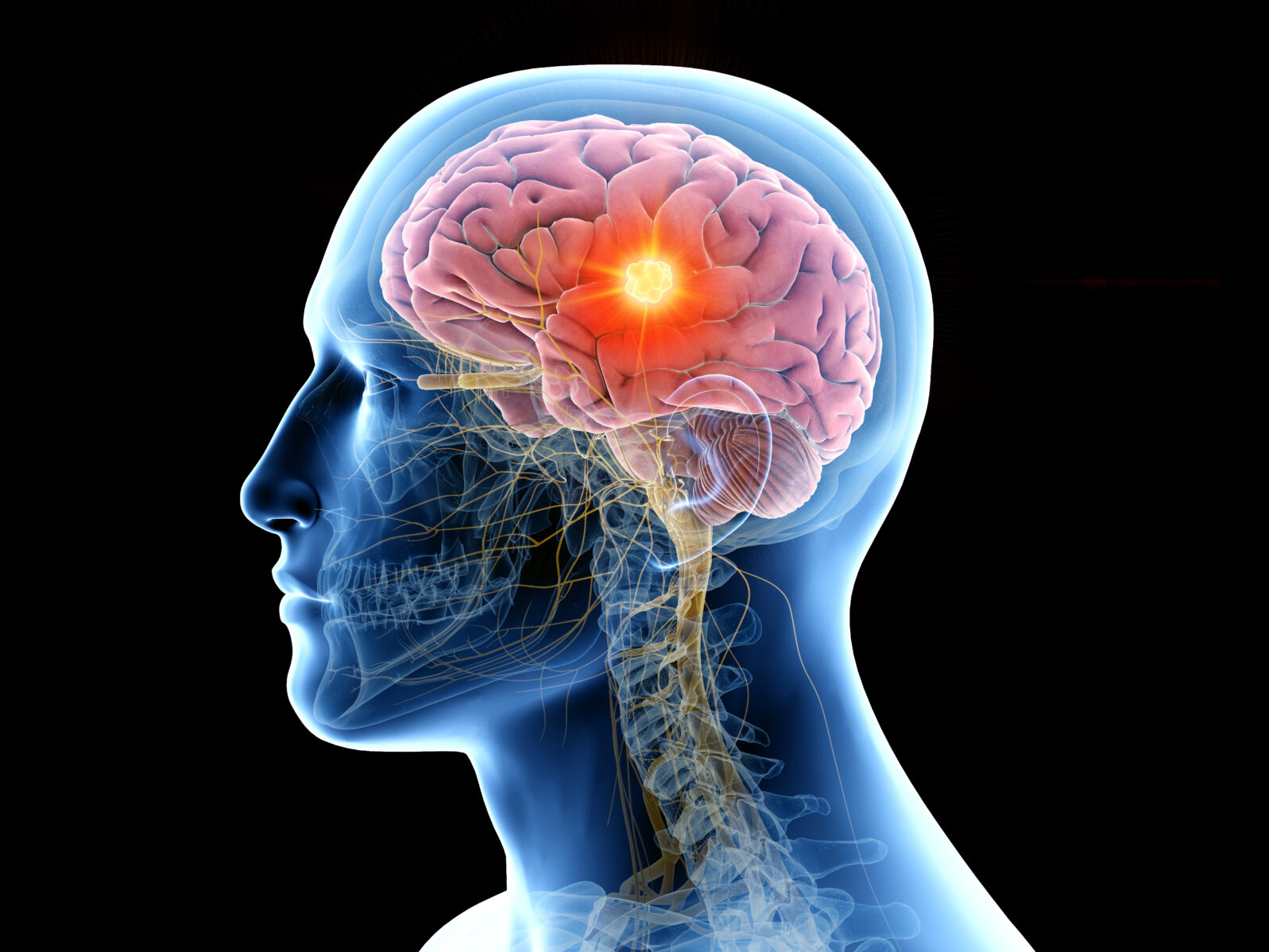Did “Evolution” Wire Human Brains to “Act Like Supercomputers”?
In making such a claim, psychology researchers may have got more than they bargained forIntelligent design theory is still a third rail in science. But a media release for a recent research publication seems to subtly adopt its language. Researchers associated with the University of Sydney found that human brains are “naturally wired to perform advanced calculations, much like a high-powered computer, to make sense of the world through a process known as Bayesian inference.”

Bayesian inference is based on Bayes’ Theorem; essentially, it’s a decision-making tool, “a means for revising predictions in light of relevant evidence, also known as conditional probability or inverse probability.” (Britannica). Originally developed by Presbyterian minister and mathematician Thomas Bayes (1702–1761) and found among his papers after his death, Bayesian inference is used today to assess probabilities using advanced computing techniques.
If our brains are indeed naturally wired to perform such advanced calculations, there is much about the human mind that can hardly be accounted for by Darwinian naturalism. In the media release, psychologist Reuben Rideaux discusses his and his colleagues’ findings:
”Despite the conceptual appeal and explanatory power of the Bayesian approach, how the brain calculates probabilities is largely mysterious.
“Our new study sheds light on this mystery. We discovered that the basic structure and connections within our brain’s visual system are set up in a way that allows it to perform Bayesian inference on the sensory data it receives.
“What makes this finding significant is the confirmation that our brains have an inherent design that allows this advanced form of processing, enabling us to interpret our surroundings more effectively.” – University of Sydney, “Evolution wired human brains to act like supercomputers,” Eurekalert, 14 Sep 2023
An “inherent design”? No argument there. Some of us would ask, how do we account for our uniquely human ability to enact and design vast worlds of intelligence aimed at, essentially, abstract ideas? Darwin naturalism, the favored explanation, only accounts for how we manage to survive and breed. It is helpless to account for how a world of abstract ideas arose from chemical elements.
The authors recorded brain activity of volunteers watching displays engineered to elicit specific nervous system responses. Then they mathematically compared various hypotheses about how our brains perceive vision. From the paper:
We further show that the adopted encoding scheme effectively embeds an environmental prior for natural image statistics within the sensory measurement, providing the functional architecture necessary for optimal inference in the earliest stages of cortical processing. – Harrison, W.J., Bays, P.M. & Rideaux, R. Neural tuning instantiates prior expectations in the human visual system. Nat Commun 14, 5320 (2023). https://doi.org/10.1038/s41467-023-41027-w A sharing token was available when accessed in September 2023.

Again, if an advanced computer model (“functional architecture”) closely matches how the human brain processes visual information, intelligent design of the human brain seems a reasonable conclusion. Such models are always products of design.
The authors hope that their research will “open doors to new research and innovation, where the brain’s natural ability for Bayesian inference can be harnessed for practical applications that benefit society … potentially offering new strategies for therapeutic interventions in the future.” We must hope so too because dementia-related illnesses are becoming a more common problem in our aging society. If we knew more about the design of the natural functioning of our intelligence, we might be better able to prolong, restore, or supplement it.
Researchers today navigate design issues while avoiding the question that must not be asked: Who or what designed a human intelligence that is irrelevant to survival and without precedent or apparent origin in nature? This situation in psychology is reminiscent of the imaginative efforts of University of Ferrara embryologist Marcello Barbieri to construct an origin of life scenario that enables intelligence without embodying it.
One is left asking, what if design in nature were simply accepted as a fact, without endangering careers? Would we make more strides or fewer? Possibly more if, as it increasingly appears, design is real.
You may also wish to read: Can information be separated from intelligence? Part 3. Theoretical biologist Barbieri’s practical dilemma is that a popular, dominant idea like “life is just chemistry” need not be proved, only insisted on. Fundamentally, Barbieri wants a new information-friendly paradigm without dispensing with the old no-information one. But no one can ride two horses at once.
